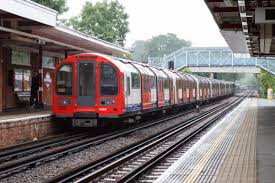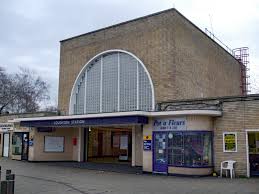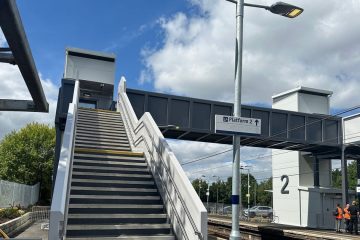The Central Line: Essential for London Commuters and Tourists

Introduction
The Central Line, one of the most significant lines in London’s underground network, plays a critical role in facilitating transportation for millions of daily commuters and tourists. Stretching over 46 miles with 49 stations, it connects key areas of Greater London, including popular districts such as Oxford Circus, Liverpool Street, and Stratford. Recent updates and improvements to the Central Line highlight the ongoing commitment to enhancing passenger experience, safety, and efficiency amidst a backdrop of increasing demand.
Current Developments on the Central Line
In recent months, Transport for London (TfL) has introduced various upgrades aimed at modernising the Central Line. These include the installation of new, energy-efficient trains that improve reliability and reduce waiting times. The new trains, equipped with advanced safety features and improved passenger information systems, have been rolled out following extensive testing, which commenced last year.
Moreover, TfL has been actively working on enhancing accessibility across the Central Line. Several stations are undergoing renovations to include step-free access for individuals with disabilities and those with heavy luggage. As part of these upgrades, the addition of lifts and tactile paving is expected to significantly improve the experience for all passengers.
Impact on Commuters
As London continues to recover from the impacts of the COVID-19 pandemic, the Central Line has become an essential travel option for residents and workers returning to the city. The changing patterns of travel, including flexible working arrangements, have resulted in fluctuating passenger numbers. However, with innovations such as contactless and mobile payment options, the Central Line remains a convenient choice for many.
The increased focus on sustainability is also noteworthy, with TfL aiming to reduce carbon emissions across its transport network. By 2030, the goal is to achieve a net-zero carbon transport network, with the Central Line playing a vital role in this initiative.
Future Outlook
Looking ahead, the Central Line is poised to adapt further to the needs of Londoners. Plans are in motion for extending certain sections of the line to better serve burgeoning residential areas, particularly in the East. This will promote greater accessibility and reduce congestion on surrounding transport routes.
Conclusion
In summary, the Central Line is not only a vital artery for London’s transport system but also a continuously evolving service that responds to changing passenger needs. With advancements in technology and a robust focus on accessibility and sustainability, the Central Line will remain crucial for commuting and exploring London’s rich offerings. As improvements continue, commuters can look forward to a more efficient and user-friendly experience on one of the capital’s most used transport lines.









